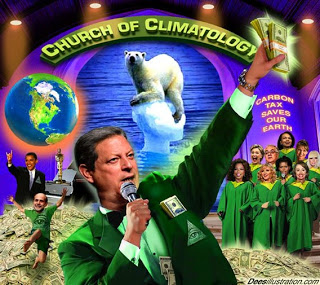A Concise History of the Rise and Fall of the Enviro Establishment
 |
| Dees Illustration |
Jeffrey St. Clair
CounterPunch
How is power really leveraged in Washington? Read Bob Packwood’s diaries. The private record of this disgraced Oregon senator and top recipient of campaign contributions from the timber industry from 1985 to 1995 tells the story.
Packwood told the chief lobbyist for the National Lumber Wholesalers Association that if the Lumber Wholesalers wanted him to gut the Endangered Species Act, a hefty contribution was needed. Money duly flowed into Packwood’s campaign treasury—and he promptly began attacking the spotted owl.
Packwood was a Republican. Democrats are no different. The leading recipient in the House of timber industry money during that same period was Norm Dicks, the Democrat from Washington.
After the Republicans seized control of Congress at the end of 1994, green groups cried tremulously that foxes were in charge of the coup. They were partially right. At the Senate Interior Committee, chaired by Frank Murkowski of Alaska, Mark Rey became chief of staff. In his previous job, Rey was the top lobbyist for the American Forest and Paper Association, a $60 million a year lobbying giant. Under Rey’s watch the rewriting of the nation’s environmental laws began.
The green groups looked in desperation to the White House and the veto power which was all that stood between nature and the corporate predators. But the mighty veto sword remained in its scabbard. Clinton and his number two, Al Gore did nothing. The truth is that the fox had been in charge of the coop long before November of 1994.
Consider the career of Peter Knight. From 1979 to 1991, Knight worked as chief legislative aide for Senator Al Gore. Then he was tapped as chairman of the vice presidential campaign that designated Gore as electoral flypaper for the green vote. Knight duly became vice chairman in charge of personnel for the Clinton-Gore transition team, overseen by deal-maker extraordinaire Vernon Jordan, who counted among his innumerable obligations to the corporate sector the duties of lobbyist for the timber industry.
Peter Knight later emerged in shining armor as a lawyer-lobbyist for the Washington law firm of Wunder, Diefenderfer, Cannon and Thelen. Among this firm’s prime clients, with who Knight dealt on a regular basis, were Manville of asbestos fame, the solid waste giant Browning Ferris Industries and two of the nation’s largest forest products companies: Riverwood and Kimberly-Clark. The firm also represented the American Forest and Paper Association, where Mark Rey once toiled to make the wild woods safer for the chainsaw.

Be the first to comment on "How Green Became the Color of Money"